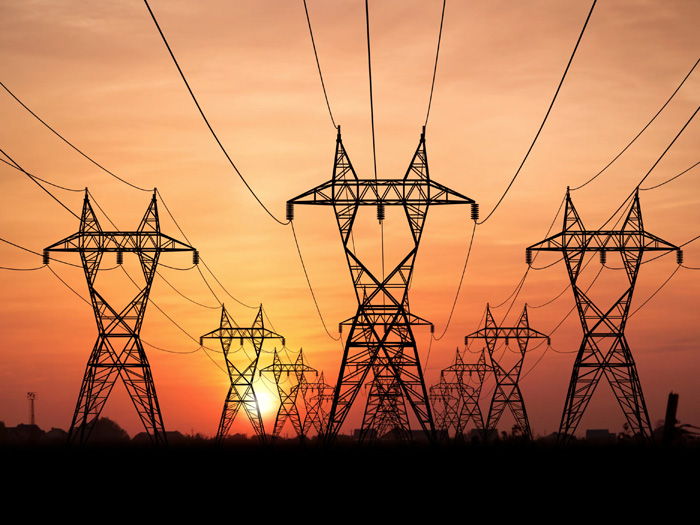Over 70% of Manitoba’s energy consumption comes from the burning of fossil fuels. Electricity accounts for 24% of all energy consumed in Manitoba. Manitoba’s main electricity source is hydroelectricity, 95% of which is generated without burning fossil fuels.
The 2018 Emissions Gap Report of the United Nations Environment Program (UNEP) calls for the reduction of greenhouse gas (GHG) emissions by 50% by 2030 and by 100% by 2050. Converting all energy consumption to electric, both hydroelectric and other renewable sources, seems like a simple and very effective way of meeting those goals. However, while wholesale conversion may be straightforward at the site of consumption, the required production needs to be carefully considered.
The Climate Action Team has published a document “Manitoba’s Road to Resilience” (2021), which is an excellent report on projected energy use and production. This article includes some key statistics and quotes from that report, and some additional comments of my own.
First, a note on energy and power. In this context, power is the rate at which energy is consumed or generated. The basic unit for power in the metric system is the watt (W). A light bulb might have a power rating of 60W. Power is often expressed in kilowatts (kW, thousands of watts) or megawatts (MW, millions of watts) or similar notations.
The unit for energy is a combination of power and time, in this case, watt-hours (Wh). Energy is often expressed as kilowatt-hours (kWh, thousands of watt-hours) or megawatt-hours (MWh, millions of Wh). A 60W light bulb alight for 100 hours would require 6000 Wh, or 6 kWh.
We have a 6 kW solar PV array on our house, installed 4 years ago. So far, the panels have lived up to the projected annual output of 8000 kWh. The panels have a 25-year warranty. After 25 years they are expected to have a productivity of 95% compared to new. This is a very productive and reliable system, which is expected to easily pay for itself during its lifetime.
We took some satisfaction in thinking that we were contributing to Manitoba’s renewable energy supply. I was somewhat surprised in reading in the “Manitoba’s Road to Resilience” that solar power is considered by Manitoba Hydro to have zero “dependable” value.
Our solar panels produce about 250 kWh of energy in the month of January, approximately 1000 kWh in the month of July. In January, demand is high, supply from solar is low. In July, demand is low, supply from solar is high. Obviously demand and supply do not match well. The match is even worse during a January night, when there is no solar production and hourly demand is at its greatest for the year. As no solar energy is available at this time, it is deemed to have zero “dependable” value.
Wind energy has a different matching schedule for supply and demand. It has some, although limited, “dependable” capacity.
Energy requirement – It has been estimated that switching homes from natural gas to electricity in Manitoba will require an additional 3,384 million kWh – about 10% of Hydro’s current amount generated per year. This is a modest increase, easily served by solar and wind generation.
Power requirement – However, the challenge is in meeting peak power demand. Manitoba Hydro estimates that to have all buildings switched to resistance electric heat, we would require an additional 7,000 MW of electricity to meet the demand required to keep us warm on the coldest winter night. Hydro couldn’t meet that power demand. When the new Keeyask generating station comes online, Hydro’s “dependable” power generating capacity will be around 6000 MW. So, we’d need to more than double our generating capacity (6,000MW + 7,000MW) if we just “switch fuels”.
I am not a power station designer. However, it is my impression that a hydroelectric dam and power station are designed and operated according to geography, reservoir size, water depth, seasonal river flow regime, flood control, downstream water use, weather patterns and other factors. For an existing installation, the maximum power generated depends on the turbine (power) capacity. It may be useful for some of us to think of power in terms of horsepower, a unit for power in the British system. Increasing the turbine capacity may not be viable.
Possible solutions:
- Reducing the energy consumption in houses.
- Increasing the use of geothermal energy
- Producing hydrogen by electrolysis with renewable sources in summer and producing electricity from the stored hydrogen in winter.
- Other mechanical or chemical storage or generation devices.
- Combinations of the above.
Each of the above solutions would provide energy whenever needed, either by reducing energy demand or by tapping stored energy at critical times. In the latter case, a considerable amount of solar energy becomes available when needed, boosting its “dependable” value.
Testing and implementing these changes will require considerable time and effort. Fortunately, the electrification of energy consumption can be spread over several decades and still meet our emission reduction targets.
The above description relates mainly to energy consumed in house heating. The need for additional energy for electric vehicles is expected to have a smaller increase in peak demand than for houses. Other sectors, including transportation, manufacturing, and agriculture require further analysis.
Whatever the solutions, the issues are significant and challenging. We need to be smart about this transition.




